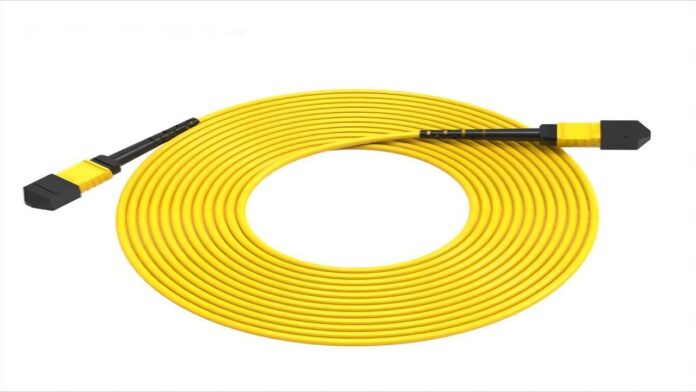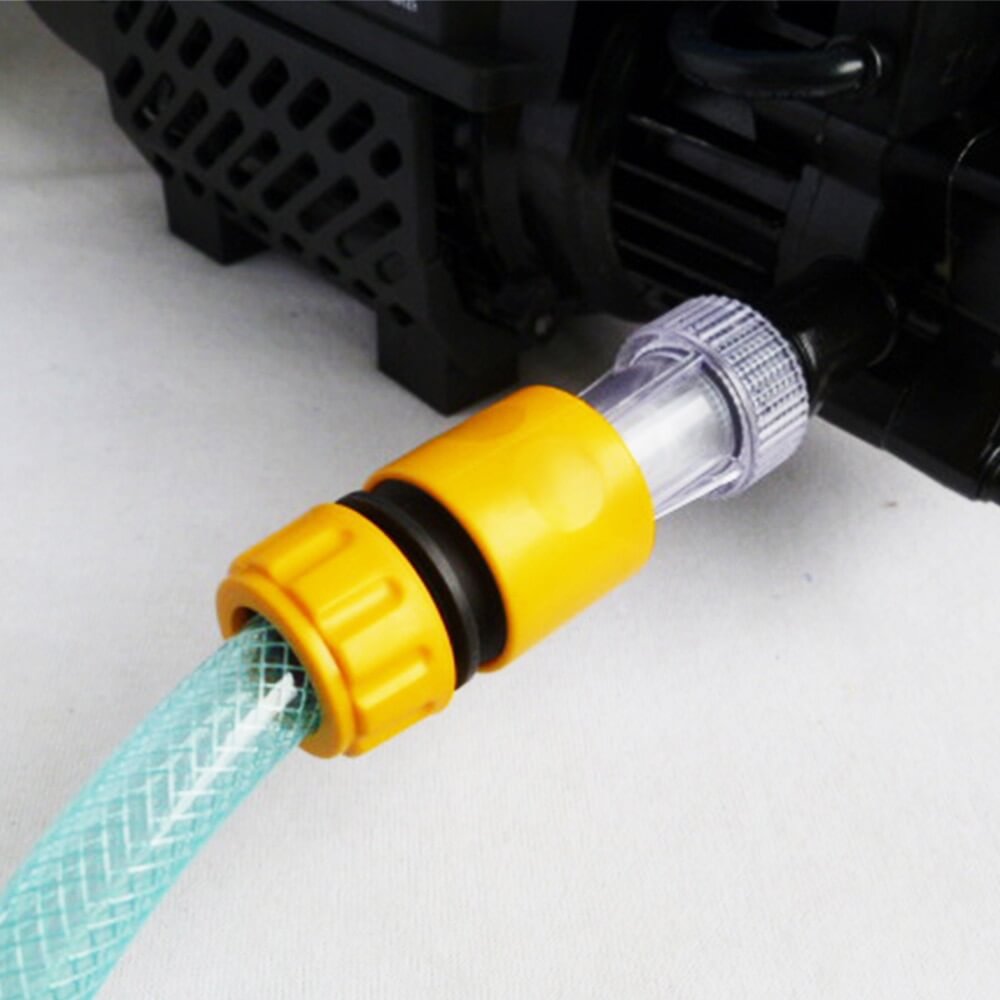As the digital revolution marches on, we are generating, transmitting, and storing an unprecedented amount of data. Modern networks, be they for personal, business, or industrial applications, require efficient connectivity solutions that can handle the ever-growing demand for high-speed, reliable data transmission. Enter Multi-Fiber Push On (MPO) trunk cables, a technology designed to meet these exact challenges. Visit the MPO MTP to learn more!
Understanding MPO Trunk Cables
MPO trunk cables, named for the type of connector used on either end, are a form of fiber optic cable specifically designed to facilitate the rapid, dependable transmission of vast amounts of data. Each MPO trunk cable contains multiple individual fiber optic strands, ranging from 12 to 72 or more, bundled together and terminated with an MPO connector.
The MPO connector, a high-density fiber optic connector, ensures reliable, high-speed data transmission by bundling multiple fiber strands into a single interface. This allows for the simultaneous transmission of multiple data channels, effectively transforming a single cable into a data superhighway.
Advantages of MPO Trunk Cables
The primary advantage of MPO trunk cables lies in their immense bandwidth capacity. By consolidating multiple fiber strands into a single cable, MPO trunk cables enable much faster data transfer rates compared to traditional cables. This makes them the ideal solution for high-speed networks and data centers where massive volumes of data are transmitted every second.
MPO trunk cables also provide significant flexibility in network design and reconfiguration. As data demands increase, or network requirements change, the modular nature of MPO trunk cables allows for easy adaptation. Simply plug in additional trunk cables to increase bandwidth, or rearrange existing ones to accommodate changes in network design.
Moreover, the use of MPO trunk cables simplifies cable management and reduces installation time. Instead of installing multiple single fiber cables, network engineers can now deploy one MPO trunk cable, significantly reducing installation complexity and time. This not only saves labor costs but also minimizes potential points of failure, enhancing network reliability.
Implementing MPO Trunk Cables
The integration of MPO trunk cables into your network infrastructure involves careful planning and proper handling. Firstly, you’ll need to assess your network’s current and future bandwidth needs, and select the appropriate type and number of MPO trunk cables accordingly.
When it comes to installation, it is vital to follow the manufacturer’s instructions closely to ensure optimal performance and longevity. This includes proper handling of the cables and connectors, using the appropriate tools for installation, and following best practices for cable management.
Maintenance is another crucial aspect of working with MPO trunk cables. Regular inspections and cleaning of the connectors can prevent dust and debris from impairing the quality of data transmission. Equally, proper cable management practices, like avoiding sharp bends and maintaining a cool, dry environment, can prolong the life of the cables.
Conclusion
In our data-driven world, MPO trunk cables represent an efficient and effective connectivity solution for modern networks. Their capacity for high-speed, reliable data transmission, combined with their flexibility and simplicity, make them an essential tool for meeting the ever-increasing data demands of today and tomorrow. By understanding and correctly implementing this technology, organizations can ensure they stay ahead in the fast-paced digital landscape.








